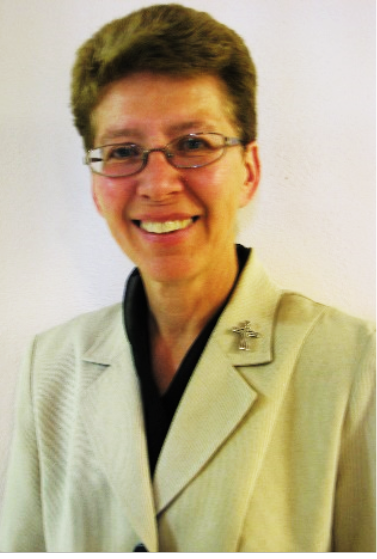When the Angel Gabriel was sent to Nazareth, to speak to a virgin betrothed to Joseph, the Angel delivered messages from God. The first and most important message announced to Mary was that she would bear a son and name him Jesus. A second message involved Mary’s cousin Elizabeth. Though thought to be sterile, Elizabeth was pregnant and in her sixth month, “for nothing is impossible with God” (Lk. 1:37). How did Mary receive these messages that changed history? What would a young woman—really a girl—do with such news? Without a thought to her own wondering amazement that the child she would birth would be called “Son of God,” she arranged a trip to Ein Karem to help her older cousin with the delivery of a baby who would become the Baptist. No thought of the inconvenience, the cost, the uncertain even dangerous travel, Mary set out.
“I must hurry!” Mary called out to her neighbors. “My cousin is giving birth.” As she hurried, she prayed, “O Adonai, help me find companions for safety…maybe a donkey to ride…a place to sleep. Keep my feet on the right roads, speed my steps.” Her thoughts jumbled. “Elizabeth will be so surprised to see me. I can hardly wait to see her.. .…Will the baby be a boy? Will they name him Zechariah after his father? I need to trust that the Lord’s words will be fulfilled. May my journey be a prayer of petition for mother and child.”
A knock, a voice calling “Elizabeth, Zechariah!” Elizabeth wondered, “Could it be my cousin Mary?” Cousins embraced, a baby leapt, and Elizabeth knew she was in the presence of a woman “blest among women and blest the fruit of her womb.” To the neighbors it seemed natural for a young woman to help an older cousin. Beyond physical sight, though, were the deep sense of God’s miraculous power, the intuitive knowledge of God’s plan in each other’s lives, the gratitude, the affirmation of love and support that carried Mary and Elizabeth to magnify the Lord in unison. Mary’s solo Magnificat became a duet.





One Response
Beautiful! Interestingly I commented on your love of the Visitation yesterday when you are specially remembered on the second decade of the rosary. There are several St.
Elizabeths that I often wonder which one I would take for my patron at this time. Maybe I would take the feast of the Visitation since it combines St. Elizabeth with my favorite Marian feast.